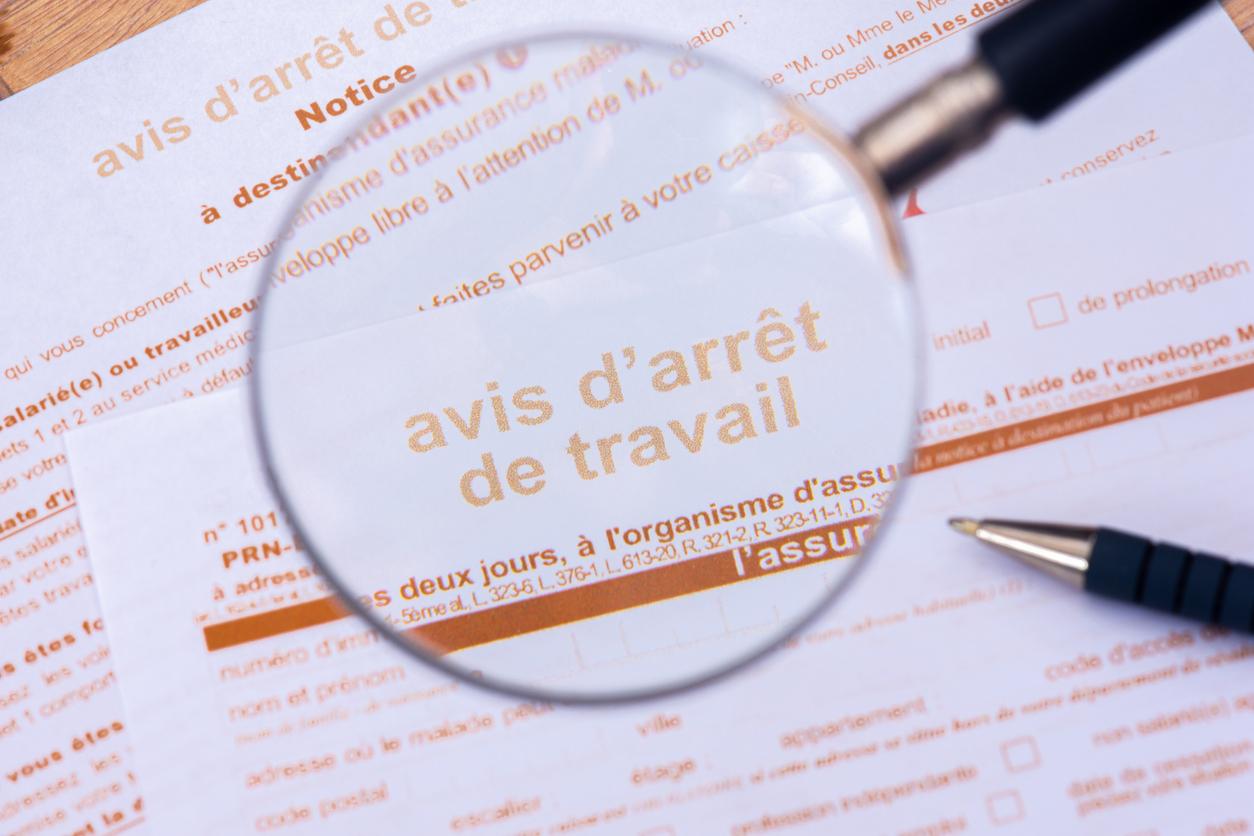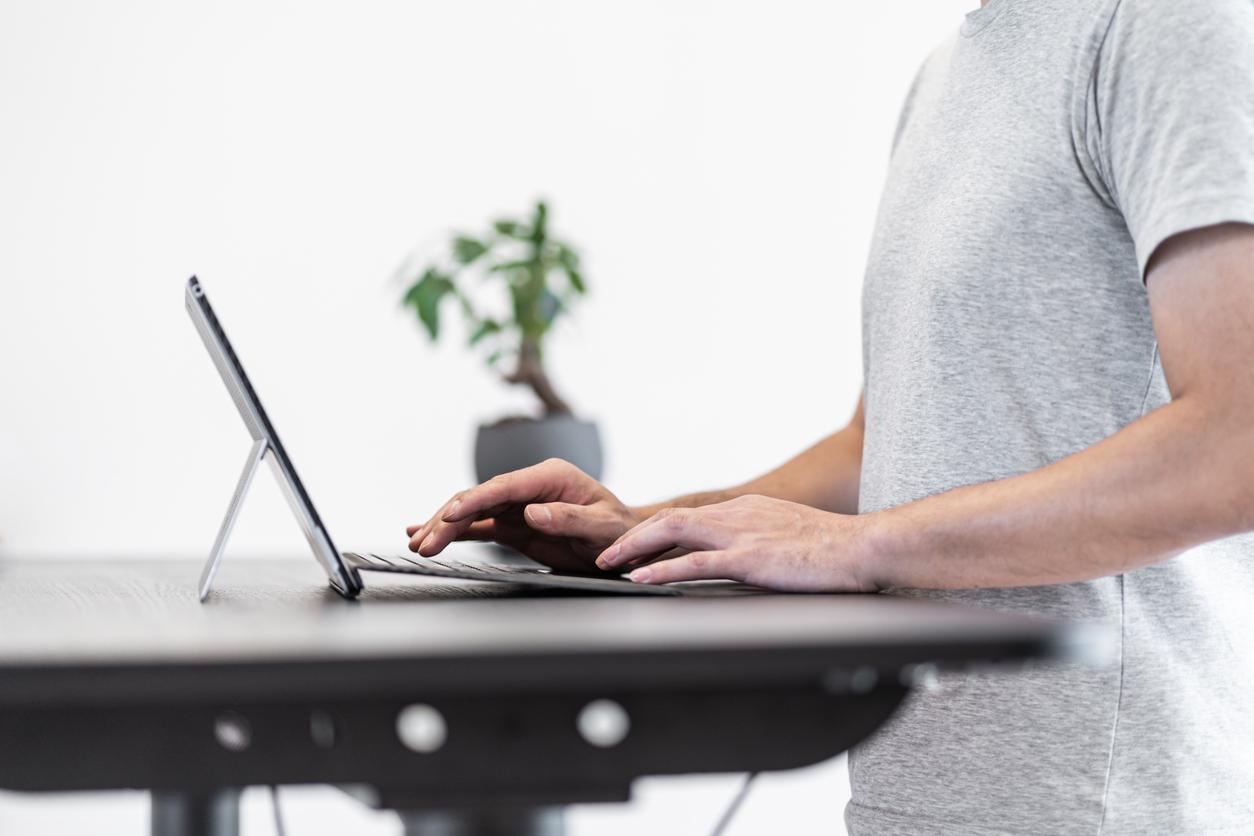If Covid-19 is frightening, it is because the state of health, particularly on the respiratory level, can deteriorate quickly and without the patient being aware of it. Some patients do not bother to see a doctor after testing positive, especially young people without risk factors.
Why use an oximeter?
Result : between 15 and 20% of patients who arrive at the hospital go directly to intensive carea significantly higher percentage than for other respiratory diseases, according to the Ministry of Health.
This is even more true for patients who present risk factors for a severe form of Covid-19. They require regular follow-up, in particular between D6 and D12, in order to prevent complications and monitor the evolution of their general condition.
Thanks to pulse oximeterspatients infected with Covid and cared for at home, can find out if their state of health is getting worse and when to go to the hospital if necessary to benefit from appropriate care.
Oximeters: how do they work?
These small, non-invasive devices take the form of a clip that is placed at the end of his finger and who measures oxygen saturation using a sensor. Depending on the level of saturation, the patient can detect himself a possible deterioration of the disease before he is on a severe form.
For who ?
Good news, the ministry has put in place 100% reimbursement for pulse oximeter rentalon medical prescriptionfor all patients with respiratory symptoms (even a simple cough), those at risk of serious forms and the over 65s.
On the other hand, a patient “without risk factor and without respiratory symptoms who is well informed of the signs that should lead him to contact the SAMU does not require reinforced monitoring after this consultation”, recommends the HAS.
In the event of a positive test, how to identify an aggravation?
As a reminder, in the event of a positive test, you must isolate yourself until the symptoms disappear, i.e. a minimum of 7 days. In the majority of cases, the forms are mild and heal with rest. But it’s always better to consult a general practitioner (a teleconsultation may be sufficient) in order to take stock of the patient’s state of health, identify possible risk factors for a severe form of the disease, and set up monitoring adapted to his profile.
“Even if you only have mild symptoms, call your doctor (…) on the one hand, it will reassure you if you are worried and on the other hand, it allows you to have a medical follow-up, if the symptoms were to evolve”had explained to Top Health Jacques Battistoni, general practitioner and President of MG France. You should know that the pathology can last up to 2 weeks. “We often observe that the symptoms are mild at the beginning, then the patient’s condition worsens from the 7th day and then in the second week or that new symptoms appear, which is why it is better to have already had a first opinion as soon as the symptoms appeared, it allows you to have a benchmark.
“The patient should be warned that, even if he has few symptoms, his condition may worsen, especially between the 6th and 12th day after the onset of symptoms, and that he should contact the SAMU if he has chest pain, blue lips or loss of consciousness”, underlines the HAS.
3 parameters must be monitored daily :
- There cardiac frequency. It is measured by taking the pulse over 15 seconds (then multiply by 4 to get it over 1 minute). It is on average around 60. If the figure goes above 120, it is a sign that heart rate sharply increases (tachycardia).
- There temperature. It should stay around 38°C.
- There oxygen saturation. It is the percentage of oxygen in the blood that is measured with a pulse oximeter. Namely: if you do not have one, it is the difficulty in counting to 20 without being out of breath or even a feeling of shortness of breath at rest, which should alarm you.
If one or more of these parameters are abnormal, call the ambulance (15). “Oxygen saturation below 95%, shortness of breath, sweating or even discomfort are criteria that should trigger a call to the SAMU – Center 15 by the patient, his entourage or the healthcare professional”, further recommends the HAS.
Learn more:
Rapid responses in the context of COVID-19 – Follow-up of outpatient Covid-19 patients – Place of the pulse oximeterHAS, April 2021.
Read also:
- Who can get vaccinated against Covid: the targets, the calendar
- Covid-19: what is home oxygen therapy?
- Anosmia: a (very simple) exercise in olfactory rehabilitation
- Covid-long: what symptoms, what treatment?















